Hydrangea
Hydrangeas are beautiful flowering shrub plants belonging to the Hydrangeaceae family and native to Asia and the Americas. They are known for their large, vibrant blooms in various colours, including blue, pink, white, and purple and are commonly used in gardens and landscaping.
Types of Hydrangeas:
– Bigleaf Hydrangea (Hydrangea macrophylla): Known for their large, round flower heads and the ability to change colour based on soil pH.
– Panicle Hydrangea (Hydrangea paniculata): Features cone-shaped flower heads that start off-white and age to pink or bronze.
– Smooth Hydrangea (Hydrangea arborescens): Native to North America, it produces large, round flower heads and is highly adaptable.
– Oakleaf Hydrangea (Hydrangea quercifolia): Named for its leaves resembling those of oak trees, it produces cone-shaped flower heads and exhibits beautiful fall foliage.
– Climbing Hydrangea (Hydrangea anomala petiolaris): A vine-like hydrangea that can climb up walls or other structures.
Flower Color:
– Hydrangea flowers come in various colours, including white, pink, blue, purple, and green.
– The soil pH can influence the flower colour. Acidic soil (pH below 7) tends to produce blue flowers, while alkaline soil (pH above 7) produces pink flowers. Neutral soil pH usually results in shades of purple or a mix of pink and blue.
Planting:
– Hydrangeas prefer well-drained soil that is rich in organic matter.
– Choose a location with partial shade or morning sun and afternoon shade.
– Dig a hole twice as wide and as deep as the root ball, and place the plant in the hole, backfilling with soil.
– Space hydrangeas according to their specific variety, as they can vary in size.
Watering and Care:
– Keep the soil moist but not waterlogged, especially during hot and dry periods.
– Mulch around the base of the plant to help retain moisture and suppress weed growth.
Fertilizing:
Hydrangeas benefit from a balanced fertilizer applied in early spring. However, over-fertilizing can lead to fewer blooms and more leafy growth.
Pruning:
The pruning needs of hydrangeas depend on the variety. Some hydrangeas bloom on old wood, while others bloom on new wood. For hydrangeas that bloom on old wood, pruning should be done immediately after flowering. Pruning can be done in late winter or early spring for those that bloom on new wood.
Propagation:
Hydrangeas can be propagated through cuttings, division, or seeds. However, cuttings are the most common method.
Soil pH and Color Control:
– To change the flower colour of hydrangea, you can adjust the soil pH. Acidic soil (pH below 7) produces blue flowers, while alkaline soil (pH above 7) produces pink flowers.
– To lower soil pH for blue flowers, apply aluminum sulfate or sulfur to the soil.
– Add lime or dolomitic lime to the soil to raise soil pH for pink flowers.
– It’s important to note that only some hydrangea varieties are responsive to changes in soil pH, so it may only sometimes work.
Uses:
Hydrangeas are often used in landscapes as specimen plants or in borders. They are also in popular floral arrangements.
Common Problems:
– Powdery Mildew: A fungal disease that creates a white powdery coating on the leaves. Provide good air circulation and avoid overhead watering to prevent this.
– Leaf Spot: Fungal infection causing dark spots on leaves. Remove infected leaves and provide proper air circulation.
– Wilting: Hydrangeas are relatively drought-tolerant but can wilt if not watered adequately. Ensure consistent soil moisture.
Winter Care:
In colder climates, hydrangeas may need some protection in winter. This can include mulching around the base of the plant or wrapping it in burlap.
Things to know about Hydrangeas
Common (vernacular) Name
हाइड्रेंजिया (Hindi), bigleaf hydrangea, French hydrangea, lacecap hydrangea, mophead hydrangea, Snowball Plant, hortensia and many more.
Botanical Name
Hydrangea
Origin
Asia & America
Family
Hydrangeaceae
Plant Type
Tropical plant
Plant Features
Ornamental / Evergreen / Exotic
Life Cycle
Perennial
Landscape Uses
Container, Walkways, Ground Cover, Mass Planting and Houseplants.
Species
It comes with more than 80 species in various leaf and flower colourations. Some are Hydrangea anomala D. Don, Hydrangea arborescens L., Hydrangea aspera D. Don, Hydrangea asterolasia Diels, Hydrangea bretschneideri Dippel, Hydrangea candida Chun, Hydrangea caudatifolia W.T. Wang & M.X. Nie, Hydrangea chinensis Maxim., Hydrangea chungii Rehder, Hydrangea coacta C.F. Wei, Hydrangea coenobialis Chun, Hydrangea davidii Franch., Hydrangea gracilis W.T. Wang & M.X. Nie, Hydrangea heteromalla D. Don, Hydrangea hirta (Thunb.) Siebold, Hydrangea hypoglauca Rehder, Hydrangea integrifolia Hayata, Hydrangea involucrata Siebold, Hydrangea jelskii Szyszyl., Hydrangea kwangsiensis Hu, Hydrangea kwangtungensis Merr., Hydrangea lingii C. Ho, Hydrangea linkweiensis Chun, Hydrangea longifolia Hayata, Hydrangea macrocarpa Hand.-Mazz., Hydrangea macrophylla (Thunb.) Ser., Hydrangea mangshanensis C.F. Wei, Hydrangea mathewsii Briq., Hydrangea nebulicola Nevling & Gómez Pompa, Hydrangea paniculata Siebold, Hydrangea peruviana Moric. ex Ser., Hydrangea petiolaris Siebold & Zucc., Hydrangea preslii Briq., Hydrangea quercifolia W. Bartram, Hydrangea robusta Hook. f. & Thomson, Hydrangea sargentiana Rehder, Hydrangea serratifolia (Hook. & Arn.) Phil.f., Hydrangea steyermarkii Standl., Hydrangea strigosa Rehder, Hydrangea stylosa Hook. f. & Thomson, Hydrangea tarapotensis Briq., Hydrangea xanthoneura Diels, and Hydrangea zhewanensis P.S. Hsu & X.P. Zhang.
Varieties
There are six predominant types of hydrangeas. Some are Bigleaf Hydrangeas, Mountain Hydrangeas, Panicle Hydrangeas, Smooth Hydrangeas, Oakleaf Hydrangeas and Climbing Hydrangeas.
Size
Height : 4 to 8 feet tall and 4 to 6 feet Wide.
Indoors or Outdoors
Outdoors : Anthurium can be used outdoors in shady plantings; avoid direct sunlight.
Indoors : Excellent plant growth in bright light or indirect light. Best indoor plants for beginners.
Blooming / Flowering
The blooming period is throughout the year.
Flower Colour
It’s come in Pink, White, Purple, Red and Multicoloured.
Lucky Plant
According to Feng Shui, It brings Good Luck in your relationships.
Lighting / Sun Exposure
Bright Indirect Sunlight.
Temperature
Grow best in warm temperatures above 21°C and tolerate max temp. as high as 32°C.
Growth Rate
Anthurium is a slow to moderate grower plant.
Watering
Moderate watering, Mist or overhead sprinkler to provide water and to improve relative humidity. Do not tolerate overwatering, It can cause root damage and leaf yellowing.
Fertilizer
Applying slow-release fertilizer or a water-soluble liquid fertilizer once or twice during the growing season (from spring to summer) is recommended.
i.e., - Cow dung, DAP, Compost, NPK 30-10-10 fertilizer, liquid organic fertilizer etc.
Pruning
Pruning of Anthurium, little is needed. However, trimming away only discoloured or dead leaves.
Propagation
Seeds : The best time to sow your Anthurium seeds is at the end of Winter / early Spring, but it can't give good results.
Stem Cuttings : The easier propagation methods of Anthurium in water or soil via stem cuttings can be done during the warm growing season.
Division : The division of Anthurium can be done in the Rainy season or, better, from February to March.
Dormancy Period
Month : November to February (winter season)
Shed their leaves and show poor growth, Watering minimally.
Avoid : Propagate, Fertilize and Repotting.
Container
Ceramic Pot, Plastic Pot, Terracotta or Clay Pot is preferred, which ensures good drainage and water holding capacity.
Soil Type
A well-drained Loam / Coarse potting soil and water-holding capacity are recommended. Prevent soggy potting medium.
Our recommendation for the potting mix: Equal part mixture of Garden Soil (25%) + Compost (25%) + River Sand (25%) + Cocopeat (25%). You can substitute pieces of Charcoal, Vermicompost, Perlite etc.
Soil pH
Lightly Acidic soil - Ideally, 5.5 to 6.5 pH (potential of hydrogen) is recommended for Anthurium.
Repotting
It is advisable to repot the Anthurium every year or two, preferably during the spring to midsummer season.
Maintenance
Low maintenance and easy to grow.
Properties
The plant poses toxicity risks to both humans and pets if ingested.
Benefits
Excellent indoor air purifier, Anthurium plants turn CO2 into oxygen. It purifies indoor air by removing harmful chemicals like ammonia, toluene, xylene and formaldehyde.
Special Features
It does not attract hummingbirds and pollinators in the same way it does butterflies, bees, or wasps.
Infestation / Pests
Aphids, Scale insects, Thrips, Mealybugs, Spider mites, caterpillars etc.
Diseases / Problem
Physiological Problem : Anthracnose, Leaf Spot and Powdery Mildew.
Bacterial Problem : Bacterial Blight, Bacterial Wilt and Black Nose Disease.
Fungal Problems : Root Rot and Water Mold.
In conclusion,
hydrangeas are versatile and beautiful plants that can add colour and interest to any garden. With the proper care, they can thrive and produce stunning blooms year after year.
Some Glimpse of Hydrangeas
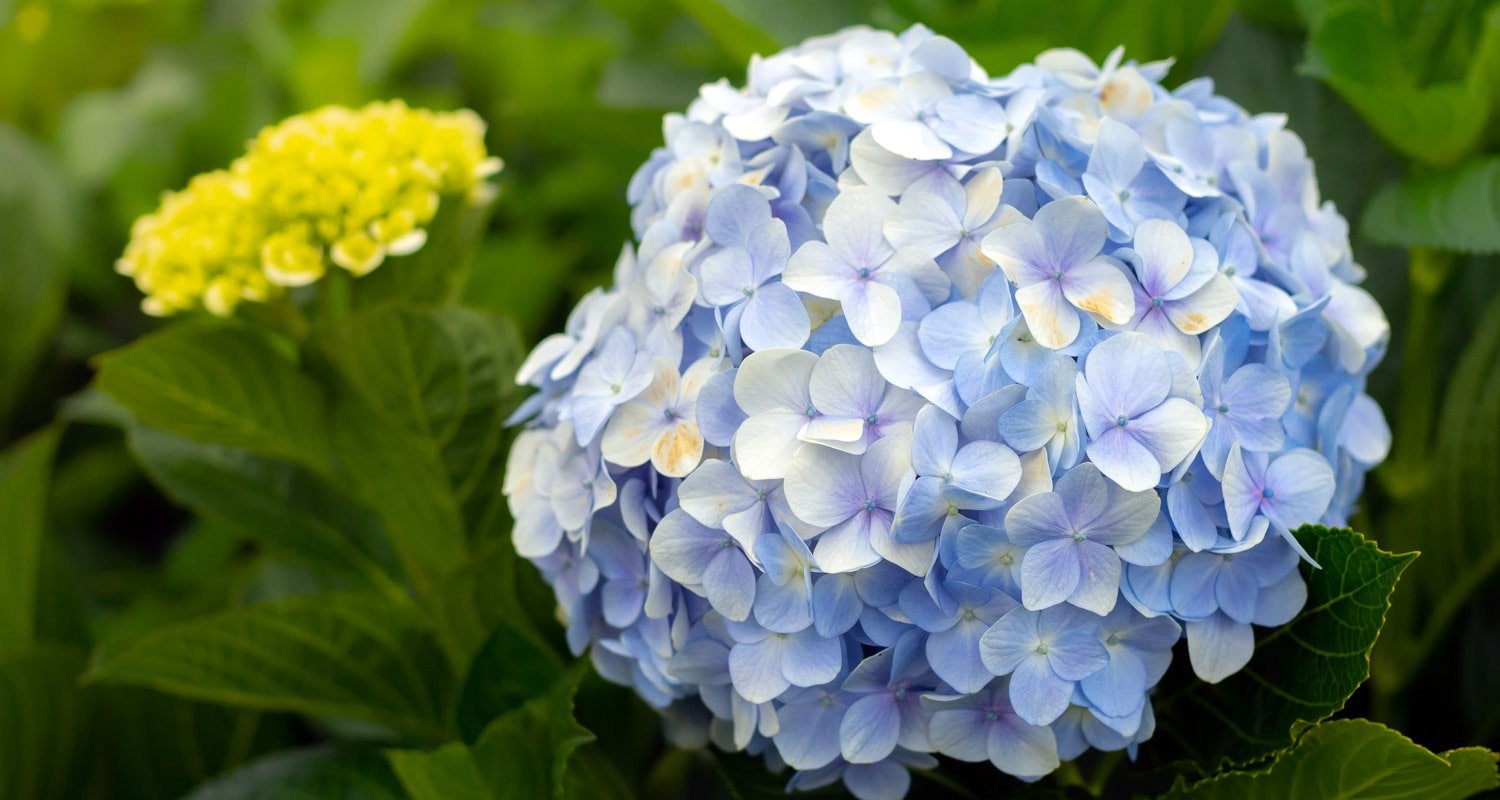
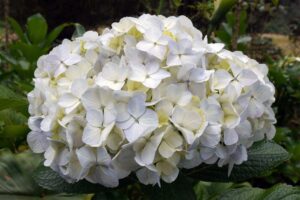

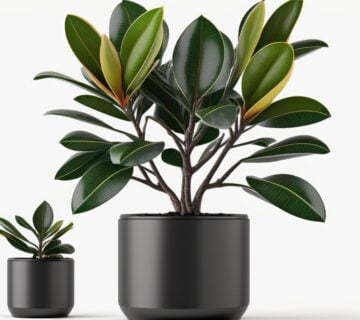
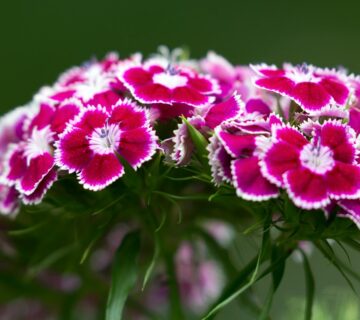
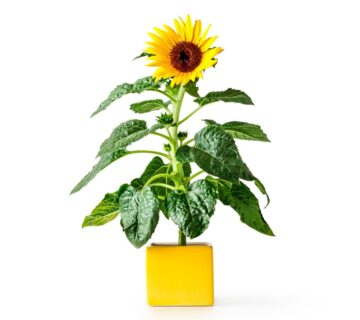
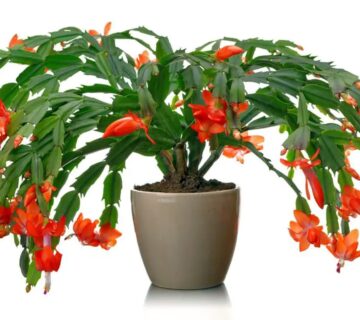



No comment